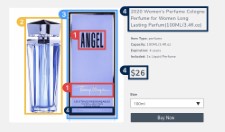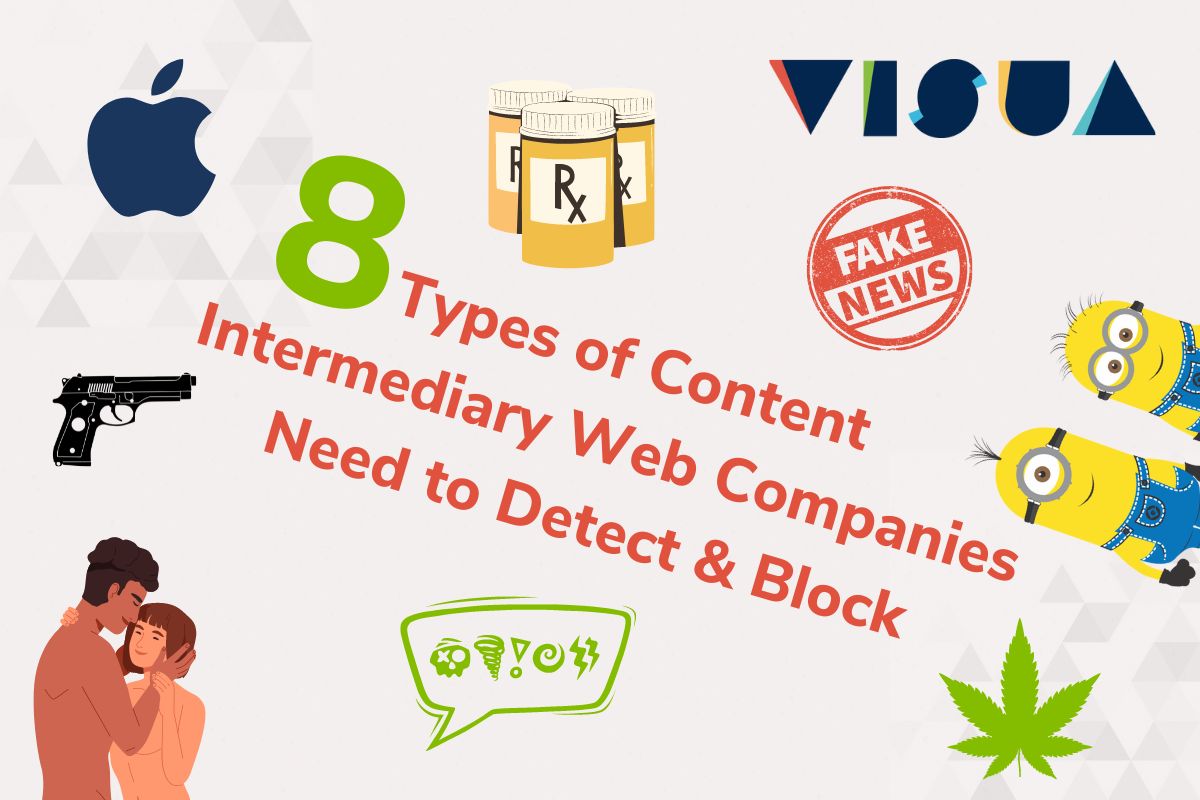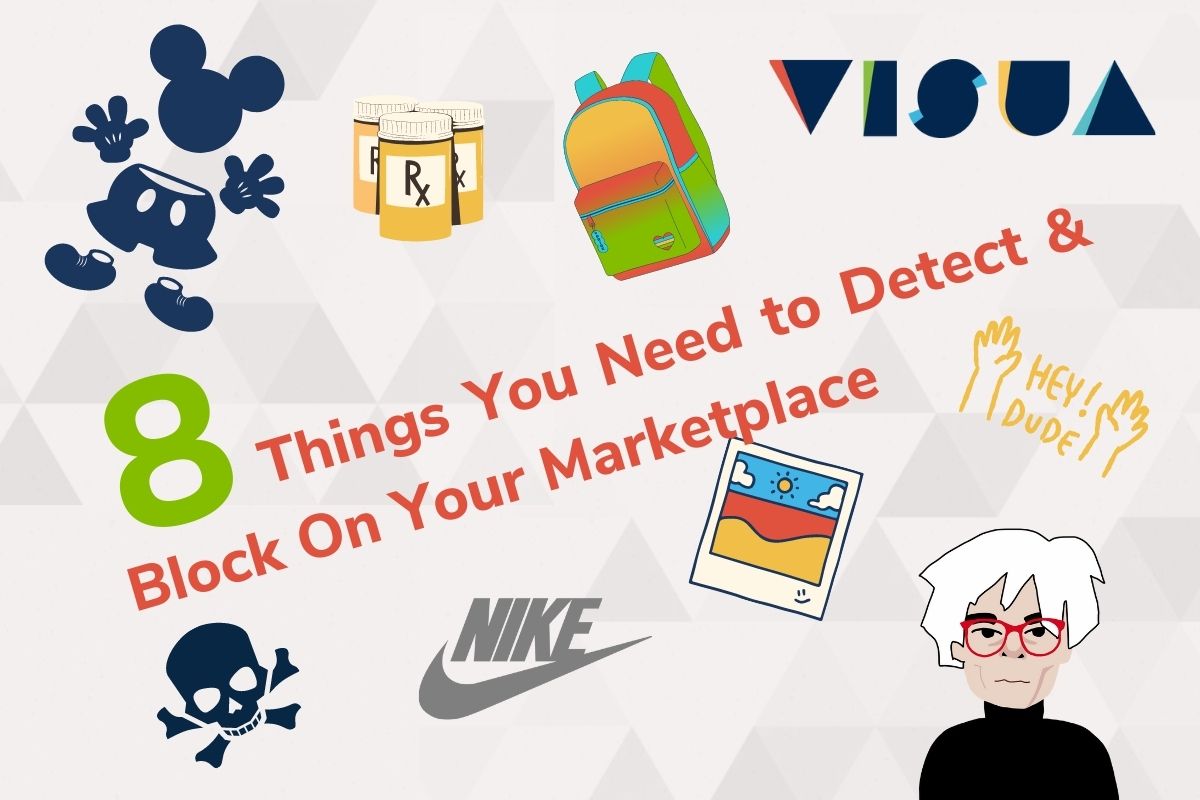How Bad is the Counterfeit Problem in Ecommerce?
Is the counterfeit problem in Ecommerce something brands need to worry about?
The e-commerce industry has been battling a major counterfeit problem for a number of years, which we have discussed a few times on this blog. But how bad is it really? Well, to begin with, Local Circles, a community media platform, has stated that 1 in 5 products sold on e-commerce sites is fake. But that’s only the tip of the iceberg. We’re going to look at how governments and e-commerce operators have responded to the global e-commerce counterfeit epidemic and how online marketplaces and legitimate brands can best protect themselves as well as their customers from the sale of counterfeit goods.

The dangers of counterfeits
The worst thing about this counterfeit problem is the risk that counterfeit items pose. CNBC details that Amazon has recognized that the sale of fakes is a risk to investors and the US securities and exchange commission in its annual earnings report.
And counterfeit goods don’t just harm investors and legitimate brands. They can also be harmful to consumers. Many have been deceived and harmed by counterfeit and fake products, such as counterfeit cosmetics, inadequately constructed shoes, and poor quality toys.
New anti-counterfeiting legislation
Because counterfeiting has become so commonplace, certain measures have been established in order to crack down on the volume of fakes infiltrating the e-commerce space across the globe. For example, due to the sheer volume of counterfeits plaguing the e-commerce industry in recent years, in 2018 Alibaba announced that its anti-counterfeiting alliance had tripled in size to over 1,000 members since January 2017.
On January 1st, 2019, China implemented legislation that holds e-commerce platforms jointly accountable for the sale of counterfeit products by third parties on their sites. This new legislation requires online retailers to act quickly once a breach has been reported. Otherwise, a fine of between RMB 50,000 ($7,328) and RMB 500,000 ($173,282) will be issued, or even a fine of up to RMB 2 million ($293,130) in serious cases.
Additionally, the Indian government has published a draft national e-commerce policy focused on the regulation of cross-border data flow and combating piracy and counterfeiting. The draft also ensures that e-commerce retailers have a locally registered business entity and requests that e-commerce sites inform the targeted legitimate brand or brands and refund customers for delivery of counterfeit goods.
But is all of this enough? E-commerce giant, Amazon has stated that they “may be unable to prevent sellers in [their] stores or through other stores from selling unlawful, counterfeit, pirated, or stolen goods, selling goods in an unlawful or unethical manner, violating the proprietary rights of others, or otherwise violating [their] policies.”
So what else can be done?

We need A.I.
The biggest problem when it comes to fighting counterfeits facing e-commerce sites is the fact that the entire model for e-commerce actually facilitates the sale of fakes. Product listings are free to public view, making it extremely easy for product details to be duplicated. The scale of counterfeits is also a huge issue that makes preventing them virtually impossible, which, in turn, makes it difficult to see any light at the end of the tunnel for authentic online retailers.
What’s more, counterfeiters are getting increasingly sophisticated in the ways in which they are able to subvert the system using Artificial Intelligence applications. According to Vidyuth Srinivasan, CEO of Entrupy, the largest and most threatening counterfeiting trend is the utilization of A.I. to create better counterfeits. This is because counterfeiters can use the characteristics attributed to legitimate brands’ products (which are very easy to access) and feed them to an A.I. system that will ensure the assembly and manufacturing of the fakes are as convincing as possible.
But in order to fight back, legitimate brands, e-commerce platforms, and Brand Protection companies need to use the same systems that counterfeiters are using because the scale of fakes being sold by third-party vendors is so vast. Automation is becoming more and more important in order to keep up with many online industry trends… And e-commerce is no exception. By automating their systems of detecting counterfeits, this becomes a possibility for brands and online marketplaces. One method in which this has proven to be successful is through a logo recognition tool. By detecting logos that have been altered in order to deceive consumers, Brand Protection becomes a whole lot easier and a lot more efficient.
Book A DemoRELATED
 Capitol Hill Camp Auschwitz Shirts – A Cautionary Tale - Reading Time: 5 minutes Header image credit: Tess Owens/Vice News Could the “Camp Auschwitz” shirts have been prevented? At this point, you will have at least […] Posted in: Brand Protection
Capitol Hill Camp Auschwitz Shirts – A Cautionary Tale - Reading Time: 5 minutes Header image credit: Tess Owens/Vice News Could the “Camp Auschwitz” shirts have been prevented? At this point, you will have at least […] Posted in: Brand Protection Why are print-on-demand companies at high risk of copyright lawsuits? - Reading Time: 5 minutes VISUA’s research shows that many print-on-demand companies are not doing enough to protect themselves from potential lawsuits Print-on-demand companies enable designers and […] Posted in: Brand Protection, Featured
Why are print-on-demand companies at high risk of copyright lawsuits? - Reading Time: 5 minutes VISUA’s research shows that many print-on-demand companies are not doing enough to protect themselves from potential lawsuits Print-on-demand companies enable designers and […] Posted in: Brand Protection, Featured It’s Amazing What’s Possible With Visual-AI For Trademark & Copyright Protection - Reading Time: 2 minutes Your Trademark & Copyright Protection Solution Powered By Best-In-Class Enterprise Visual-AI Protecting your brand and products is not only key for established […] Posted in: Brand Protection, Counterfeit Detection, Featured, Media Library Management, Trademark Protection
It’s Amazing What’s Possible With Visual-AI For Trademark & Copyright Protection - Reading Time: 2 minutes Your Trademark & Copyright Protection Solution Powered By Best-In-Class Enterprise Visual-AI Protecting your brand and products is not only key for established […] Posted in: Brand Protection, Counterfeit Detection, Featured, Media Library Management, Trademark Protection
VISUA & Vision Insights Partner To Usher In New Era In Sports Sponsorship Intelligence
Reading Time: 4 minutes Exclusive partnership sees Vision Insights integrate VISUA’s Sports Sponsorship Monitoring Computer Vision Suite into its new Decoder Insights Platform. Computer Vision (Visual-AI) […]
Featured Sponsorship Monitoring Technology VISUA NewsEight Types of Content Intermediary Web Companies Need to Detect & Block to be Compliant with the European Digital Services Act
Reading Time: 7 minutes The European Digital Services Act is a groundbreaking piece of legislation that aims to modernise the regulation of online businesses to better […]
Brand Protection Content Moderation Counterfeit Detection Trademark ProtectionEight Types of Content that Marketplaces & Ecommerce Sites Need to Block to be Compliant with the European Digital Services Act
Reading Time: 6 minutes The European Digital Services Act is new legislation which aims to modernise the regulation of online businesses to better protect its citizens […]
Brand Protection Content Moderation Counterfeit Detection Trademark Protection







